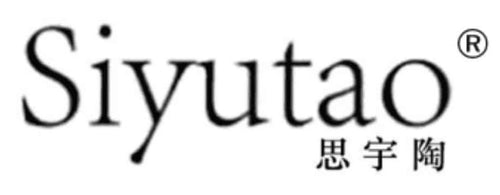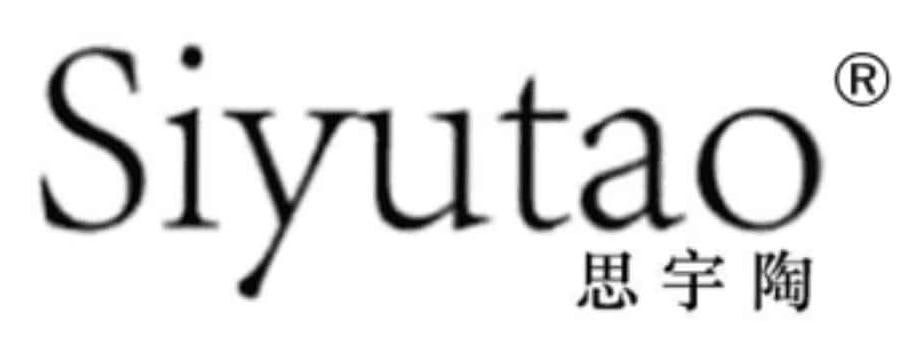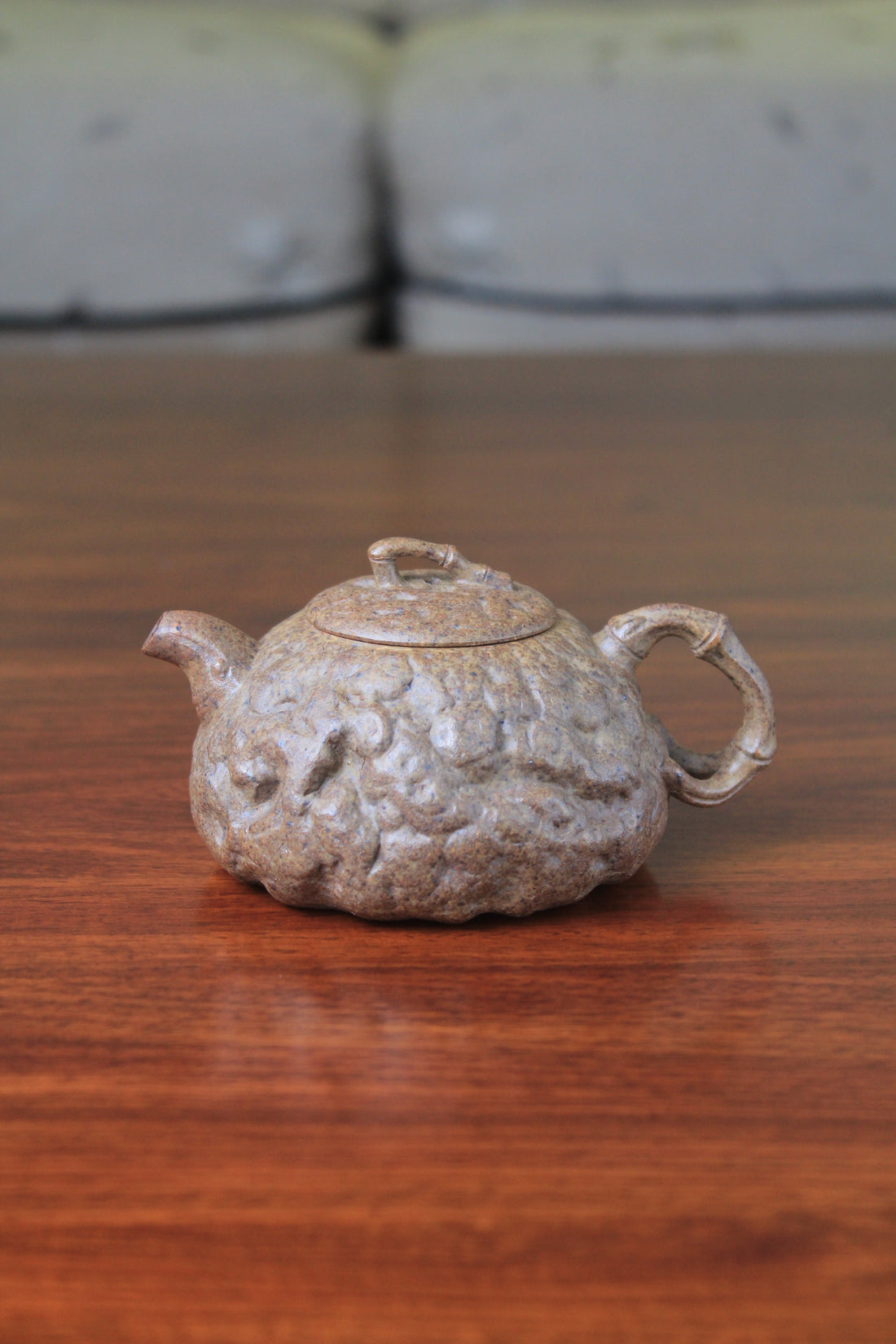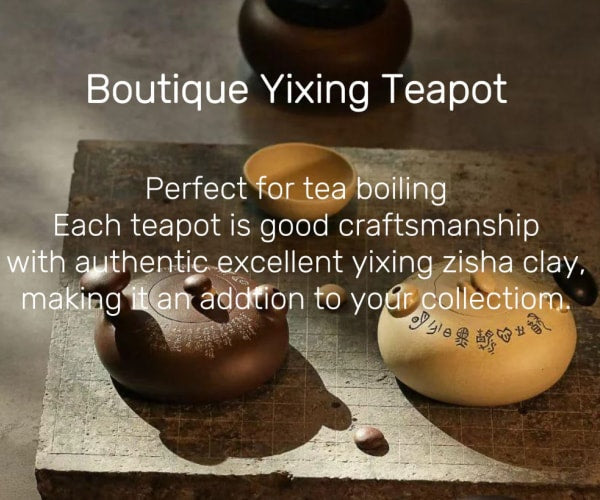The Legendary Gongchun Teapot
Housed in the National Museum of China, the Gongchun Teapot is an invaluable treasure of China's tea culture. The story of this teapot is inseparable from the renowned patriotic democrat and industrialist Chu Nanqiang from Yixing, Jiangsu. Its discovery is nothing short of legendary.

In 1928, Chu Nanqiang stumbled upon an old, rustic teapot shaped like a tree burl at a street stall in Suzhou. Upon closer inspection, he noticed two seal-script characters, "供春" (Gongchun), beneath the handle and an inscription at the base reading, "Made by Gongchun in the 8th Year of the Zhengde Reign of the Ming Dynasty (1513)." Without drawing attention, he quietly purchased it for just one silver dollar.
Convinced he had found a national treasure, Chu Nanqiang sought authentication from antique experts. Indeed, it was the long-lost Gongchun Teapot, missing for over 400 years, bearing the name of its creator, Gongchun. Chu invited his close friends—renowned painters and calligraphers such as Huang Binhong, Xu Beihong, and Pan Yizeng—to admire the masterpiece. All were left in awe. The teapot, made of ochre-yellow sandy clay, features a bumpy, wart-like surface resembling tree bark, hence its nickname, the "Tree Burl Teapot."

After the founding of New China, Chu Nanqiang donated the Gongchun Teapot, along with its documented provenance, to the Nanjing Museum. Around 1958, the Nanjing Museum transferred this priceless artifact to the National Museum of China, where it remains a celebrated cultural relic today.



